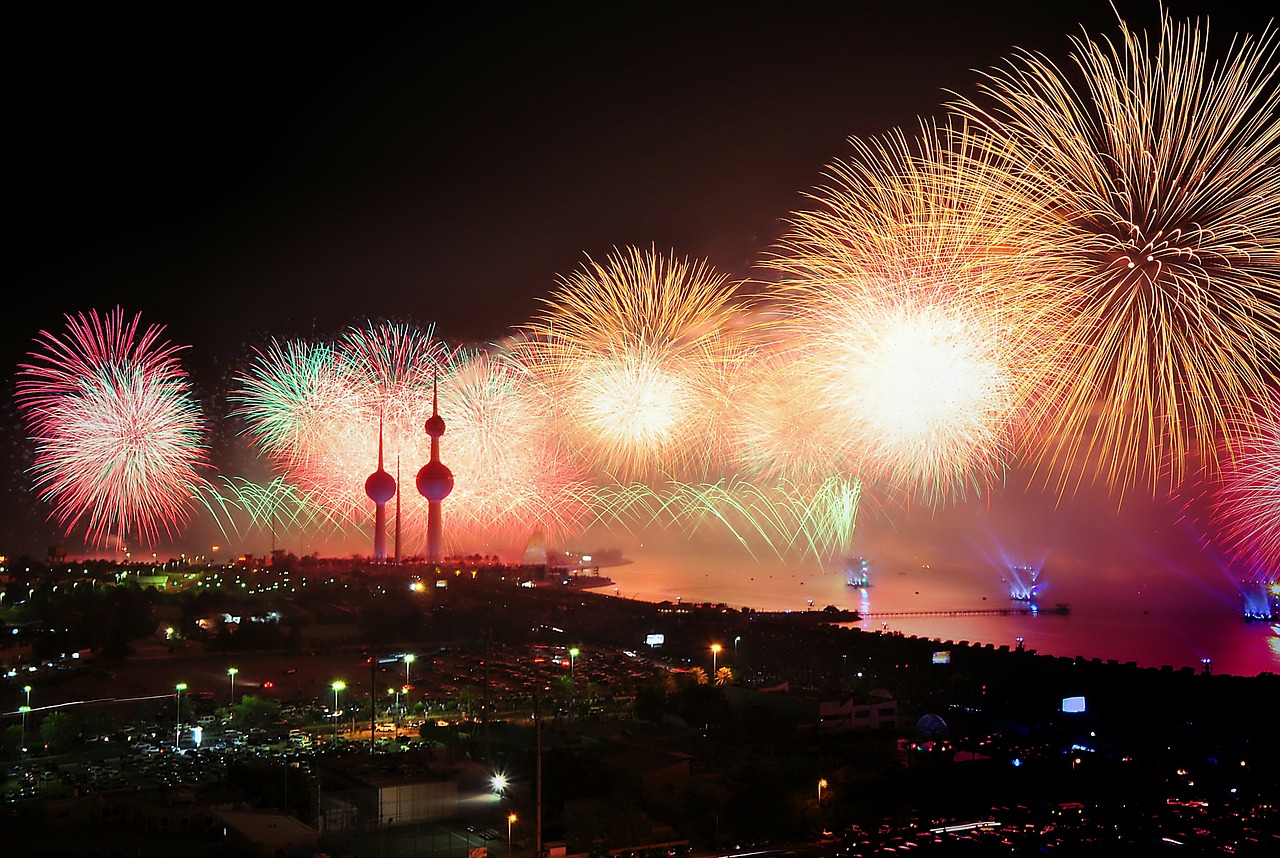In an effort to drive economic development and keep up with rising demand for public housing, the Kuwait government placed large-scale infrastructure projects at the forefront of its five-year plan beginning in 2015. Less than 20 percent of development projects were executed in the previous five-year plan, but the current plan promises the completion of a variety of infrastructure projects. These include a new airport, an extensive rail service linking the five Gulf Cooperation Council countries, and a number of planned residential and industrial cities.
The estimated cost of all planned projects is $124 billion and, as a result, the country’s infrastructure sector is anticipated to grow as much as 20 percent. The government doubled down on infrastructure spending in January 2017 with the announcement of its New Kuwait vision and an accompanying annual Infrastructure Week to showcase project developments and opportunities. Moreover, a total of $15.6 billion was expected to be spent on infrastructure in the 2017-18 fiscal year. A significant portion of that money is being designated for these four planned city developments.
-
South Al-Jahra Labor City
The South Al-Jahra Labor City project, upon completion, will provide affordable housing for 20,000 single male expatriate workers. It will also feature all necessary aspects of security, entertainment, and health. The labor housing units will be divided into four residential sectors separated by green spaces. The city itself will include essential government services such as medical clinics, mosques, and police stations. It’s being built on more than 1 million square meters of available land.
The government first announced a request for Expressions of Interest in 2011 but, like other infrastructure projects, its progress stalled. However, in October 2017, the Kuwait Authority for Partnership Projects, in conjunction with Kuwait Municipality, awarded construction contracts for five major regional-based consortia. These include the Al Mazaya Company consortium, which is comprised of Tariq Al Ghanim, United Real Estate Company, and Kuwait Investment Company.
-
South Al-Mutlaa City
Currently being constructed roughly 40 kilometers northwest of Al-Jahra City, the South Al-Mutlaa City is the largest ongoing housing project in Kuwait with an estimated 30,000 housing units being built to accommodate 400,000 residents. It will also include the construction of more than 100 schools, 150 mosques, 40 mini markets, and a dozen public health centers. Of the 102-square-kilometer city, 90 square kilometers is being dedicated for residential use. This is expected to alleviate housing issues relating to rising rent and an excess of buildings in urban areas.
In 2016, the government signed a $1 billion contract with a joint venture established between Turkey’s Limark Construction and Italy’s Salini Impregilo to cover road construction as well as an $80 million contract with United States’ Hill International to handle the instruction of the city. In total, the city is expected to cost upwards of $20 billion. “We have 30 different types of building in each neighborhood and there is a lot of neighborhoods,” said Naser Khraibut, Kuwait Public Authority for Housing Welfare’s director of planning. He added, “schools alone will cost us $1.5 billion.”
-
South Saad Al-Abdullah New Town
In addition to affordable housing-focused cities, the government is working toward developing the country’s first smart city with a specific emphasis on environmentally-friendly measures. According to the Public Authority for Housing Welfare, the city will be constructed on more than 59 square kilometers of land and accommodate more than 400,000 people.
A $41-million design and planning contract was signed between Kuwait’s Minister of State for Services and Minister of State for Housing Affairs Yasser Abdul and representatives from Korea Land and Housing Corporation (LH) in 2017. Construction is scheduled to begin in 2019, with a public-private South Korean construction consortium expected to replicate its already-successful smart city design in Bundang.
Built in the early 1990s, Bundang is one of the wealthiest and most-developed areas in South Korea. However, South Saad Al-Abdullah will be three times larger than Bundang and will incorporate the connection of roads and services through an internet network. Leading experts will also explore the possibility of powering the city with electrical energy harnessed from solar cells. “Using our experience in new city development, we will contribute to enhance housing welfare for the Kuwaiti people as well as help Korean firms advance into the Middle East,” said LH CEO Park Sang-woo, adding “we hope the city will be the pride of both Kuwait and Korea when completed.”
-
Al-Nayeem Industrial City
One of the more recent planned city announcements, the Al-Nayeem Industrial City will be built 70 kilometers west of Kuwait City. An official at the Kuwait Investment Forum in March 2018 stated the government would contribute roughly $600 million toward the large-scale project. However, it would require an additional $6 billion in investments from the private sector. While it will be an industrial-focused city, it will be built in line with the country’s commitment to establishing more housing units and incorporating environmentally-friendly aspects.
“It marks our focus on shifting from creating industrial zones to smart integrated cities that complement the goals of Vision 2035,” said Public Authority for Industry acting general manager Abdulkareem Taqi. The Al-Nayeem industrial city will simultaneously broaden the country’s industrial base, while introducing high-end technology and adding value. The innovative, green city development will be powered by solar energy and will also feature smart buildings. Infrastructure for the project is expected to be completed by 2021.

